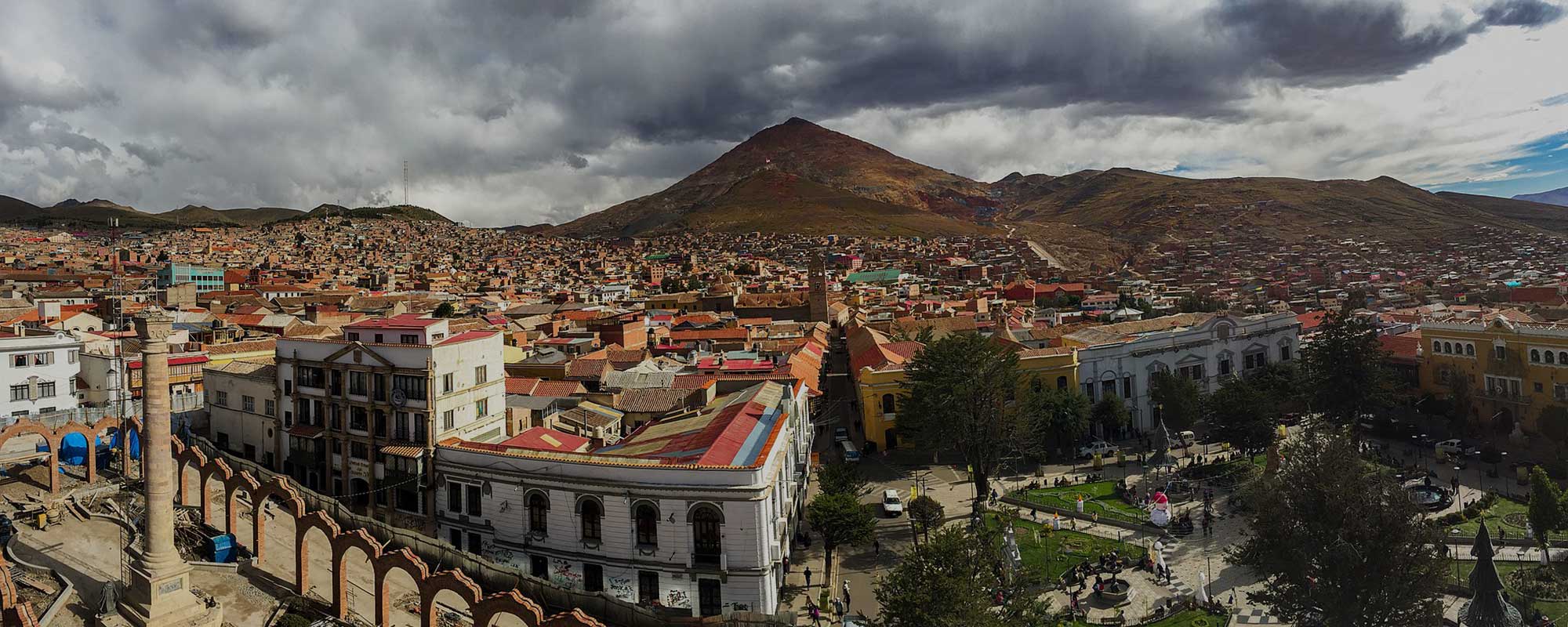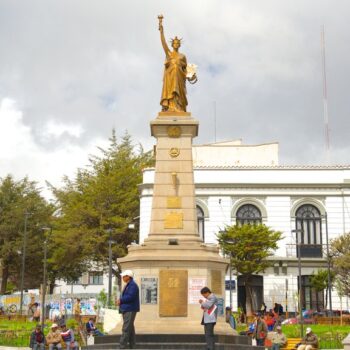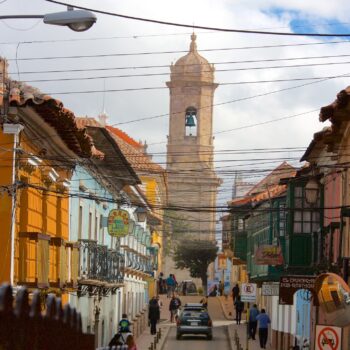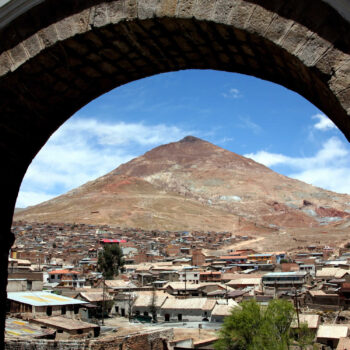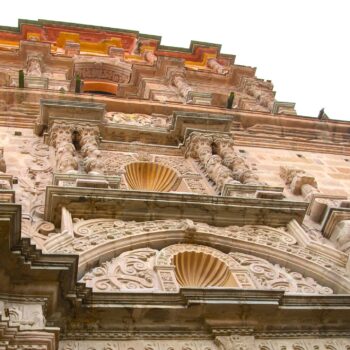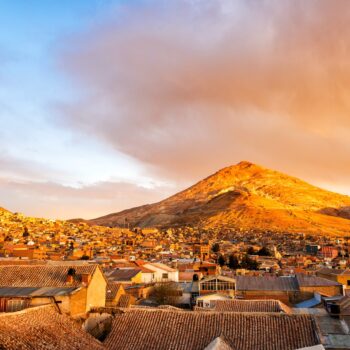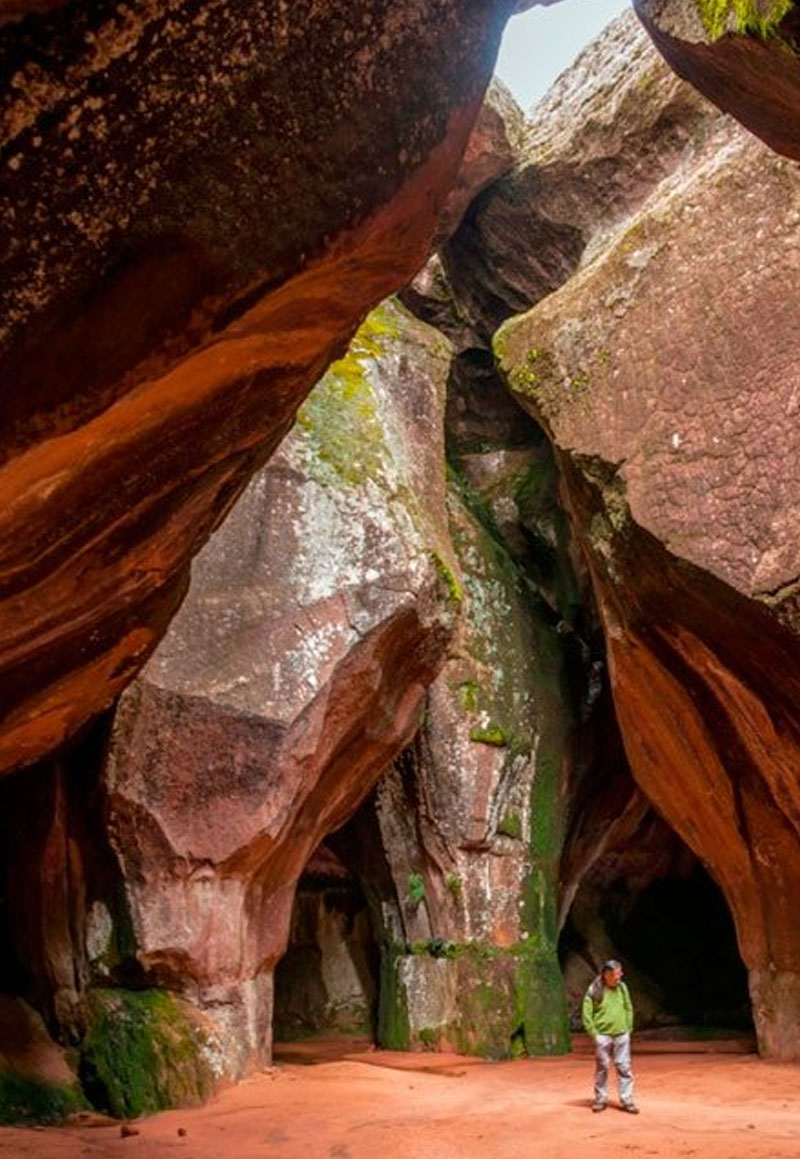Potosí
Potosí –or Villa Imperial de Potosí– is a city in the southwest (south west) of Bolivia, capital and most populous city of the department of the same name and of the province of Tomás Frías. It extends to the foothills of a legendary mountain called Cerro Rico (in Quechua: Sumaq Urqu), in which the largest silver mine in the world was located from the mid-16th century to the mid-17th century, during the Viceroyalty of Peru.
It was declared a Cultural Heritage of Humanity by UNESCO in 1987, being the first official recognition that this international organization made in Bolivia, due to its contribution to universal history and its architectural and artistic appeal, being considered the cradle of the Andean baroque in Bolivia.
According to the latest data from the 2012 official Census of the National Institute of Statistics of Bolivia INE, the Department of Potosí has 828,093 inhabitants (410,822 men and 417,271 women) while in the city (capital) its population reaches 240 966 inhabitants. Its average altitude is 4,067 m above sea level, making it the second highest in the world among cities with more than 100,000 inhabitants, behind El Alto, although the latter is clustered in La Paz, which is lower than Potosí.



